
| Darin McQuoid | Blog | Reviews | Tutorials | River Directory |
Polarizing
Filter Review
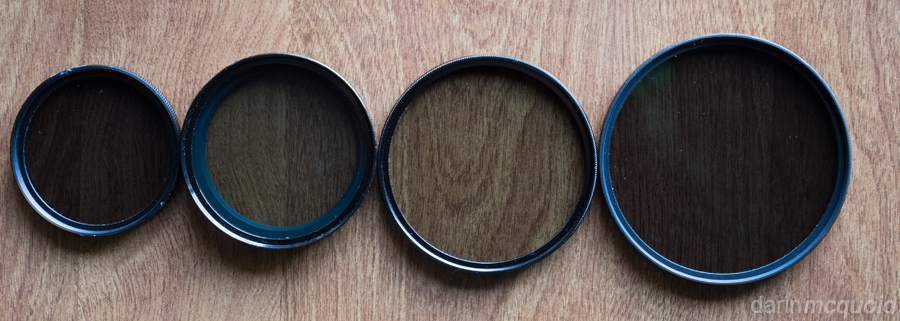
Perhaps this is more commentary than a
review. Over the years I've come to own qutie a
few polarizing filters. They are fantastic for whitewater shots that
include any scenery. This is a quick and dirty test of four polarizers,
showing how well they work and light transmission. Nothing scientific,
just real world tests. Above from left to right we have a well used Nikon
Circular Polarizer II, an old Nikon Linear Polarizer, a Hoya
HD Circular Polarizer and a Marumi
DHG Super Circular Polarizer. All the circular polarizers are
expensive, ranging from $90-150. The old Nikon linear polarizer can be
had for $20 on ebay and works just fine with contrast AF systems. All
shots are on a tripod with a shutter delay to eliminate shake, and
matched white balance.
No polarizer.
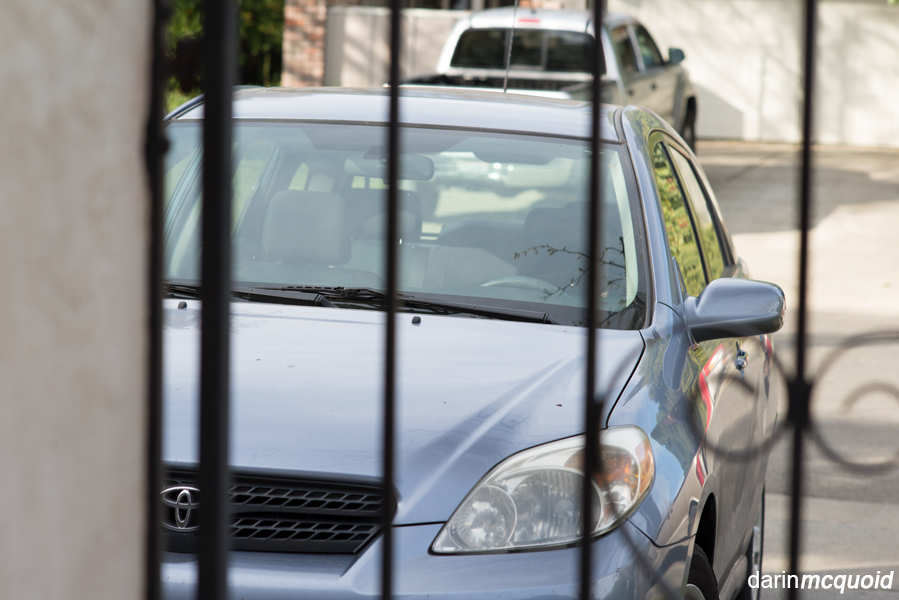
Nikon D600, Nikkor 105mm f/2.5 AIS @ 1/125 f/5.6 ISO 100
Marumi DHG Super Circular Polarizer
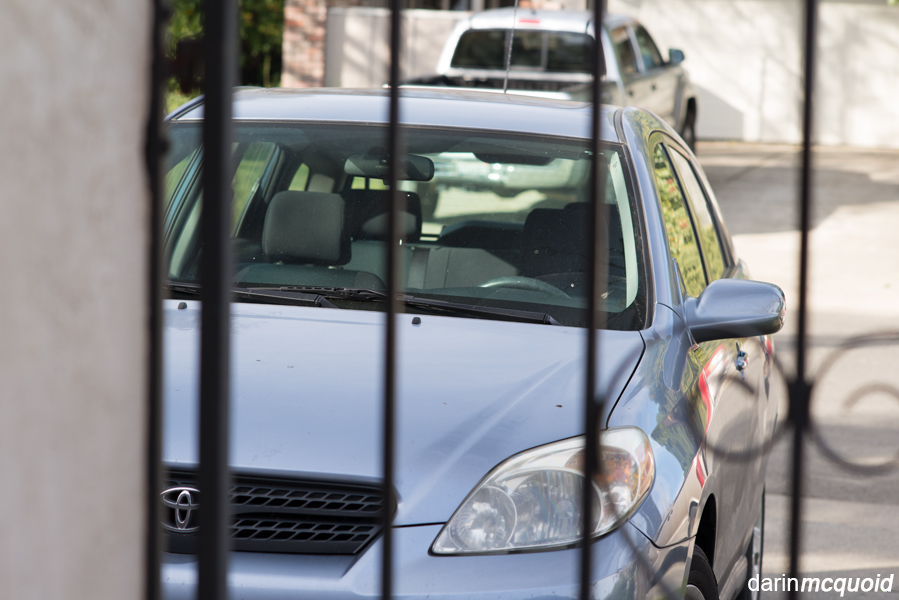
Nikon D600, Nikkor 105mm f/2.5 AIS @ 1/40 f/5.6 ISO 100
Hoya HD Circular Polarizer
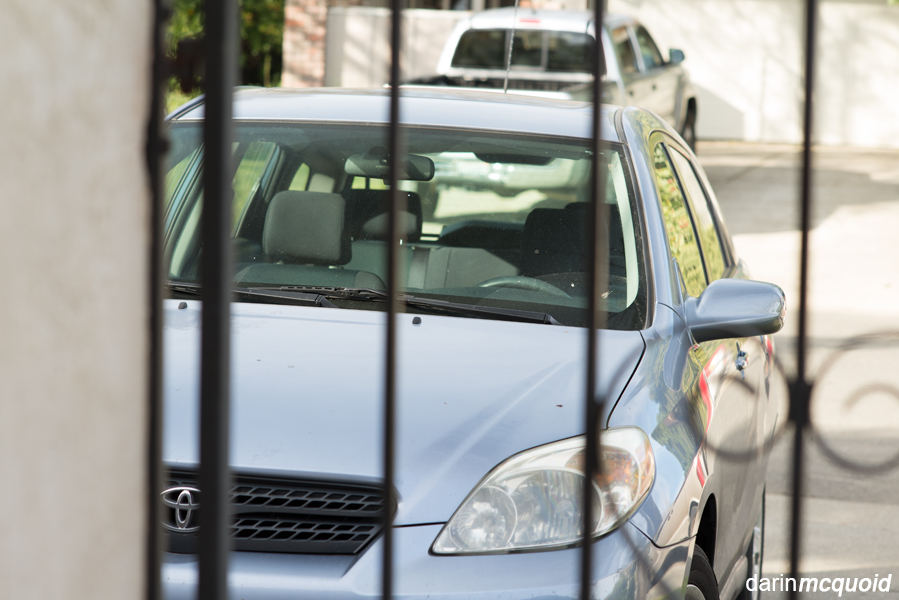
Nikon D600, Nikkor 105mm f/2.5 AIS @ 1/40 f/5.6 ISO 100
Nikon Linear
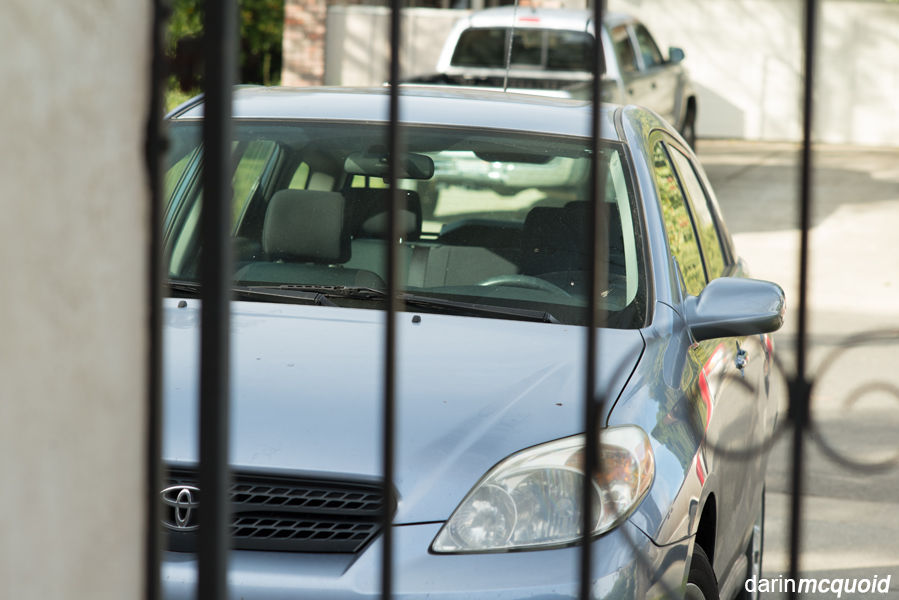
Nikon D600, Nikkor 105mm f/2.5 AIS @ 1/40 f/5.6 ISO 100
Nikon Circular Polarizer II
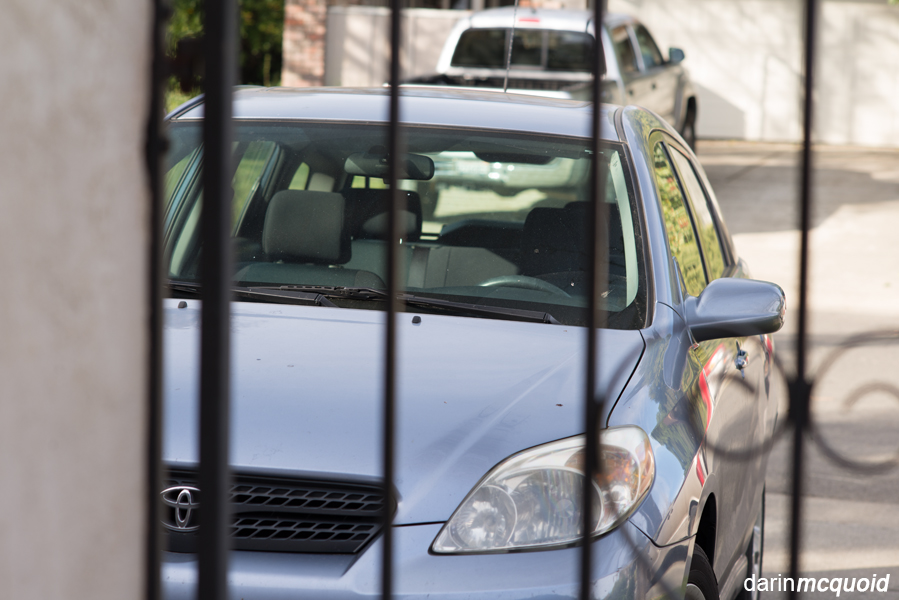
Nikon D600, Nikkor 105mm f/2.5 AIS @ 1/40 f/5.6 ISO 100

Nikon D600, Nikkor 105mm f/2.5 AIS @ 1/125 f/5.6 ISO 100
Marumi DHG Super Circular Polarizer

Nikon D600, Nikkor 105mm f/2.5 AIS @ 1/40 f/5.6 ISO 100
Hoya HD Circular Polarizer

Nikon D600, Nikkor 105mm f/2.5 AIS @ 1/40 f/5.6 ISO 100
Nikon Linear

Nikon D600, Nikkor 105mm f/2.5 AIS @ 1/40 f/5.6 ISO 100
Nikon Circular Polarizer II

Nikon D600, Nikkor 105mm f/2.5 AIS @ 1/40 f/5.6 ISO 100
The Marumi has a bit more of a blue
cast, but is the closest match to the white balance with no polarizer
on. The Hoya HD does let in about half a stop more light, with a warmer
tint with hints of green. The old Nikon linear polarizer lets in
slightly more light than the Nikon or the Marumi, but like the Hoya
also is a but warmer (not as much as the Hoya) but has more of a
greenish tint. White balancing off the same spot in camera raw, the
Nikon II and Marumi match the original white balance, while the Hoya
and Linear polarizer retaining a slightly warmer, greener tone.
The reality is that any good polarizer will work well if you are shooting raw on a modern dSLR and can tweek white balance in post processing. The key is good, as the cheaper polarizers are just that, and are often made of plastic. In my experience the Marumi DHG polarizers offer the best bang for the buck, while the more expensive Hoya HD is half a stop faster, but a bit off on the white balance, despite their claim that "HOYA's polarising filters do not affect the overall color balance of a shot."
For whitewater, why I still want to knock down reflections in the shade, the Hoya is my filter of choice for that extra half stop, even though it has the heaviest color cast.
The reality is that any good polarizer will work well if you are shooting raw on a modern dSLR and can tweek white balance in post processing. The key is good, as the cheaper polarizers are just that, and are often made of plastic. In my experience the Marumi DHG polarizers offer the best bang for the buck, while the more expensive Hoya HD is half a stop faster, but a bit off on the white balance, despite their claim that "HOYA's polarising filters do not affect the overall color balance of a shot."
For whitewater, why I still want to knock down reflections in the shade, the Hoya is my filter of choice for that extra half stop, even though it has the heaviest color cast.
HTML
Comment Box is loading comments...